The Middle East and North Africa (MENA) region has some of the world’s most important economic players. It’s also home to some of the biggest oil producers and oldest nations, cementing the region’s prominence in the global arena. But what are the biggest economies in MENA?
Economic outlook for MENA
Though MENA’s economic growth slowed in 2023 — because of oil production cuts, high inflation and a tight financial environment — the region will see improvements in 2024.
“Looking ahead, growth in the MENA region is expected to improve in 2024 as some of the factors weighing on current economic activity fade, but medium-term growth is projected below its historical average amid persistent structural challenges,” remarked the International Monetary Fund (IMF).
According to IMF predictions, the Middle East, in particular, could recover and hit 3.4 percent in 2024. Data from the Institute of Chartered Accountants in England and Wales share a similar sentiment, with its forecast saying that the region will grow by 3.2 percent. This is above their global GDP growth prediction, which is 2.1 percent. Notably, the non-energy sector will drive the region forward, particularly in Saudi Arabia and the United Arab Emirates (UAE).
10 biggest economies in MENA
IMF describes GDP as “the total value at current prices of final goods and services produced within a country during a specified time period.” The most common metric for measuring economic growth, GDP is computed by adding consumer spending, government expenditure, business investment and net exports. Net exports refers to the difference between exports and imports.
Based on IMF’s October 2023 data, these are the biggest economies in MENA according to their GDP.
1. Türkiye
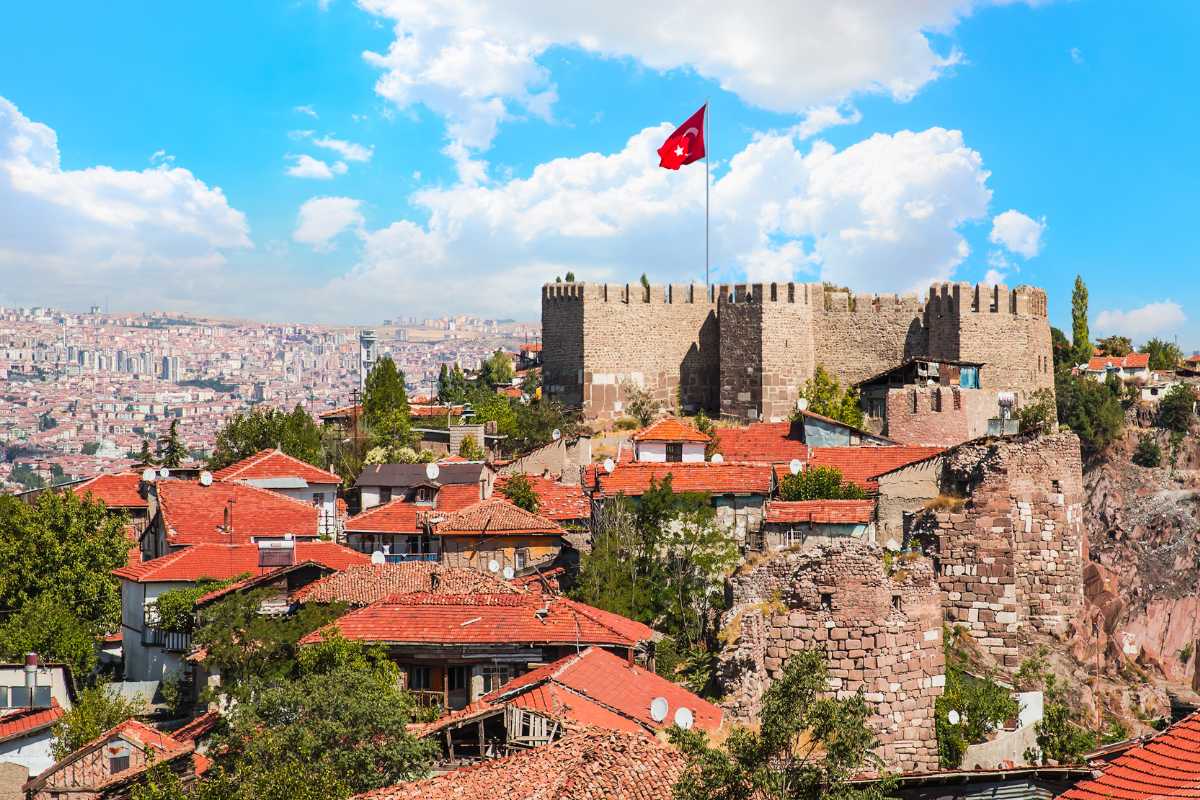
GDP: $1,150 billion
Türkiye’s ambitious economic reforms propelled the country into robust growth, particularly from 2006 to 2017. These reforms not only drove the economy forward but also substantially reduced poverty. Figures dropped to 9.8 percent by 2020. While the country faces macro-financial instability, it remains the largest economy in MENA in terms of GDP.
Recently, Türkiye’s economy showed an impressive year-on-year growth: It achieved 5.9 percent in October 2023, exceeding experts’ expectations. Strong private consumption, investment activities, and increased government spending fueled this development. Manufacturing, led by the automotive sector, is among the major industries in the country.
2. Saudi Arabia

GDP: $1,070 billion
With its strategic Vision 2030 at the core of its expansion strategy, Saudi Arabia is ushering its economy into a new period of growth. Its non-oil growth has steadily accelerated, averaging 4.8 percent in 2022. With regulatory improvements and new investment laws, the country has also been attracting — and making — investments to stimulate further growth. Artificial intelligence, sustainability and workforce skills development are also essential pillars of its strategy.
While Türkiye is the biggest economy in terms of GDP, Saudi clinches its title if the basis is GDP per capita, a metric computed by dividing GDP by a country’s total population. In particular, Saudi has a GDP per capita of $32,590, substantially higher than Türkiye’s $13,380.
3. Israel
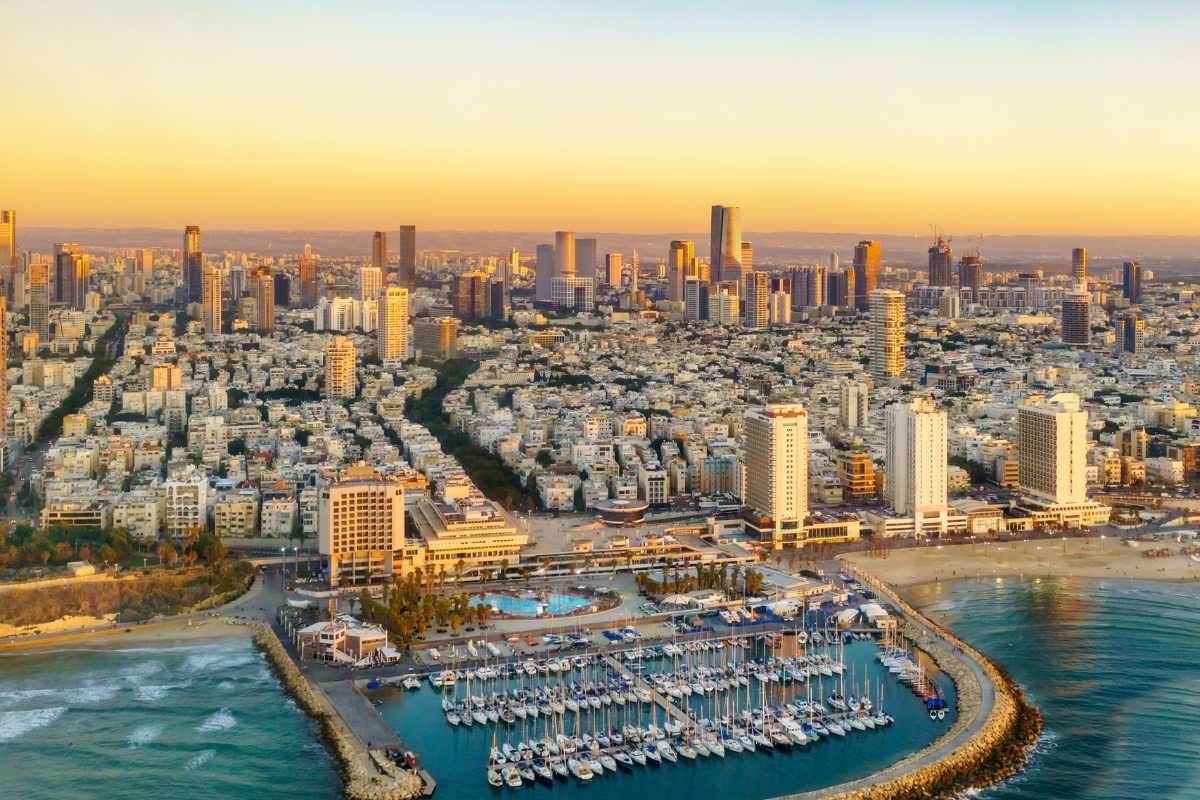
GDP: $521.69 billion
Thanks to relatively low corruption levels and strong protection of property rights, Israel’s economy has been dynamic and thriving. And despite the need to improve its public finance management, its openness to global trade has been critical in stimulating economic prosperity.
Over the past three decades, the country has witnessed robust transformation. At the forefront of this development are its cutting-edge high-tech sectors. These encompass aviation, aerospace and defense, telecommunications, computer hardware and software, medical devices and fiber optics. The discovery of offshore gas in the Tamar and Leviathan fields has further positioned the country as a pivotal player in the natural gas market.
4. United Arab Emirates
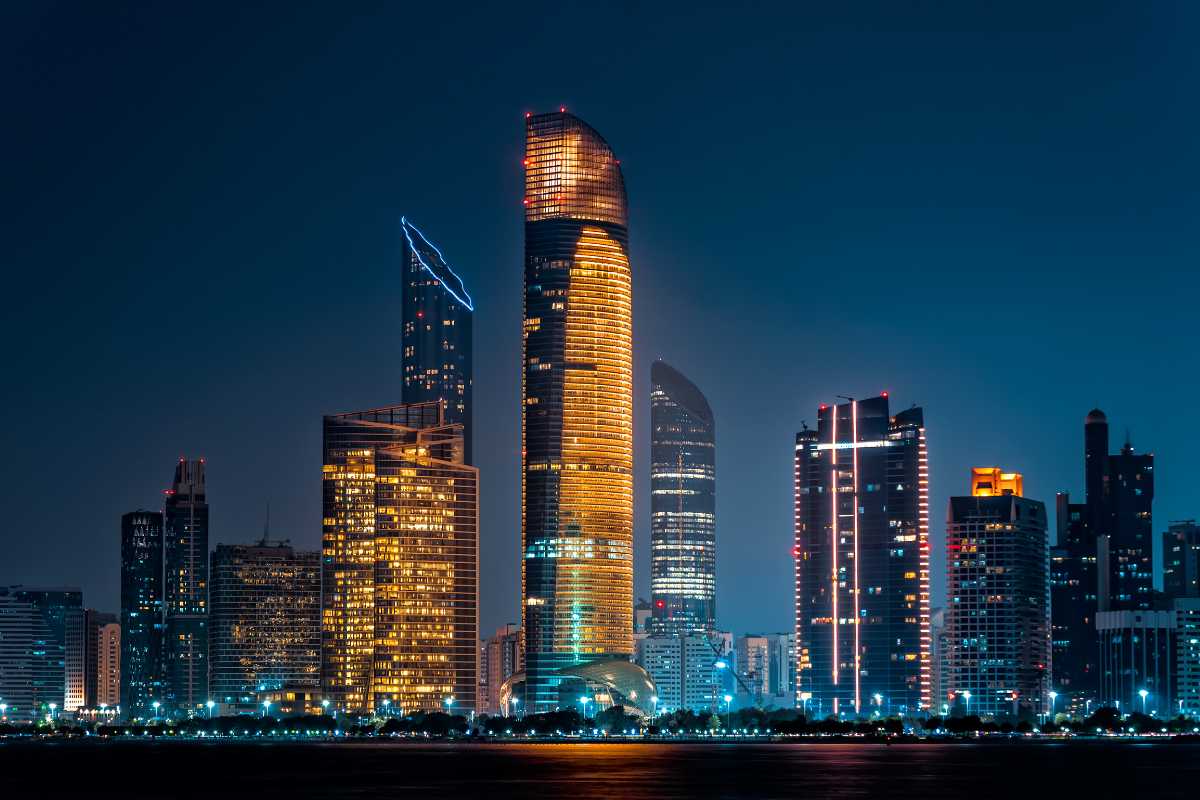
GDP: $509.18 billion
The UAE is an essential Arab economy, boasting an innovative and accessible business and investment landscape. With its advanced infrastructure — including world-class airlines, seaports and telecommunications — the UAE is a major hub among the fastest-growing markets in the region and beyond.
Its vision for economic growth, as captured by its “We the UAE 2031” plan, mainly focuses on boosting sustainability, infrastructure, healthcare and education sectors. According to The Heritage Foundation’s 2023 Index of Economic Freedom, the country has the 24th freest economy in the world and the first in MENA. The index is based on four major elements: government size, regulatory efficiency, rule of law and open markets.
5. Egypt

GDP: $398.4 billion
Though Egypt is facing an economic crisis — characterized by rising inflation, declining currency and increasing capital outflow — the country is still one of the biggest economies in MENA. Key industries, including textiles, tourism, food processing, hydrocarbons and metals, primarily drive the country’s economy.
According to the World Bank, Egypt will continue to face challenges in its economic stability during the financial year 2023/24 due to global disruptions and domestic imbalances. However, the country is expected to see improvements in the medium term as it continues with stabilization and structural reforms.
Read: Top oil-producing countries in the world
6. Iran
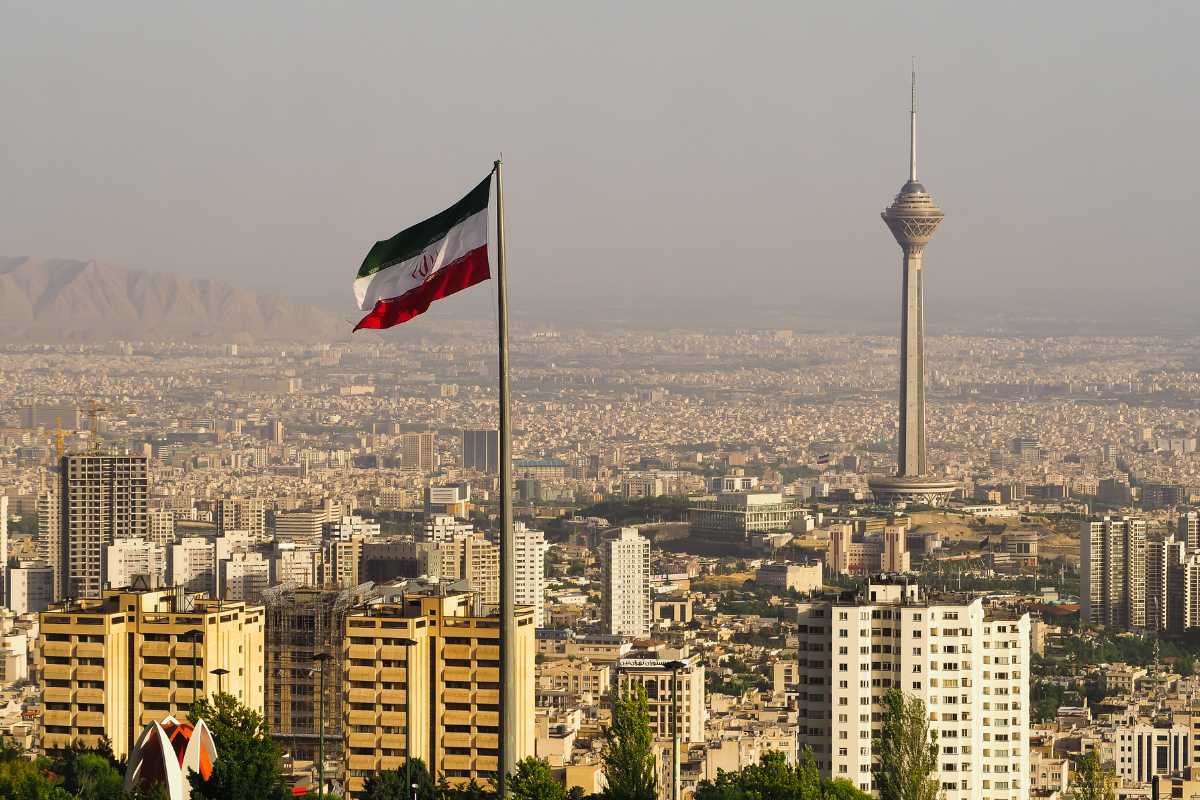
GDP: $366.44 billion
Home to nearly 90 million people, Iran boasts a diverse economy, with oil and gas, agriculture, manufacturing and services as its major industries. It’s a global leader in natural resources: It has the second-largest natural gas reserves and fourth-largest proven crude oil reserves. In 2022, oil revenue hit $54 billion, while overall exports totaled $73 billion.
Further integrating into the global economic framework, Iran became a member of the Shanghai Cooperation Organization. Most recently, Iran joined the expanded BRICS group in 2024, along with Egypt and the UAE.
7. Iraq
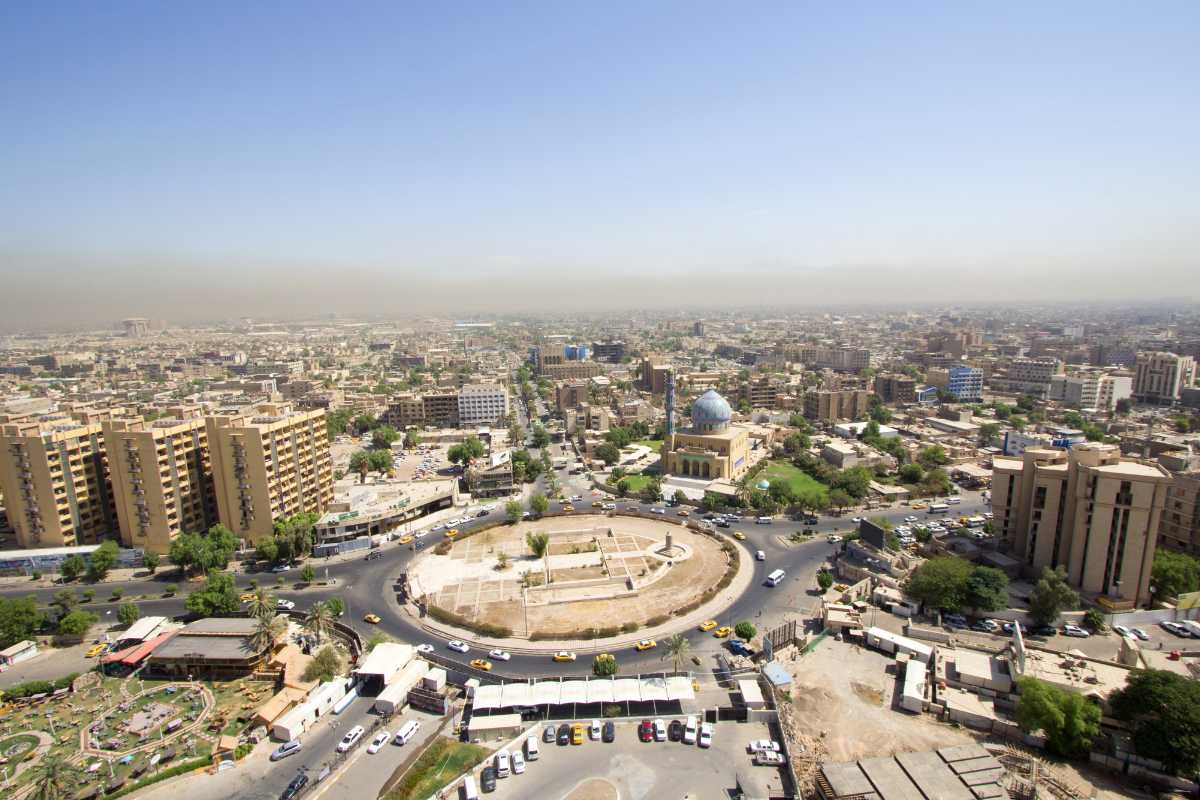
GDP: $254.99 billion
Iraq, one of the oldest oil powers in the world, remains heavily reliant on the said commodity. Oil dominates its economic picture — with 42 percent of its GDP, 85 percent of its government budget and 99 percent of its exports involving oil. And with Iraq’s economy anchored in oil, the IMF has predicted a dip in Iraq’s GDP growth, attributed to OPEC+ mandated oil production cuts and disruptions in the pipeline with Türkiye.
Nonetheless, there is optimism in the country’s non-oil landscape. In particular, its growth is dependent on key industries, such as chemicals, leather, textiles, construction materials and metal fabrication and processing.
8. Qatar

GDP: $235.5 billion
The nation also boasts one of the world’s highest GDP per capita, standing at $81,970 according to the latest data from the IMF. It even surpasses that of the United States (for context, the U.S. is the largest economy in terms of GDP; its per-capita GDP is $80,410).
Qatar is also another MENA country whose economic foundation has petroleum and natural gas as its pillars. It’s home to vast natural gas reserves, including one of the world’s largest gas fields: the North Field. Aiming for diversification, the government is also bolstering other sectors. Today, the country’s main industries include ship repair, cement and reinforcing steel, among others.
9. Algeria
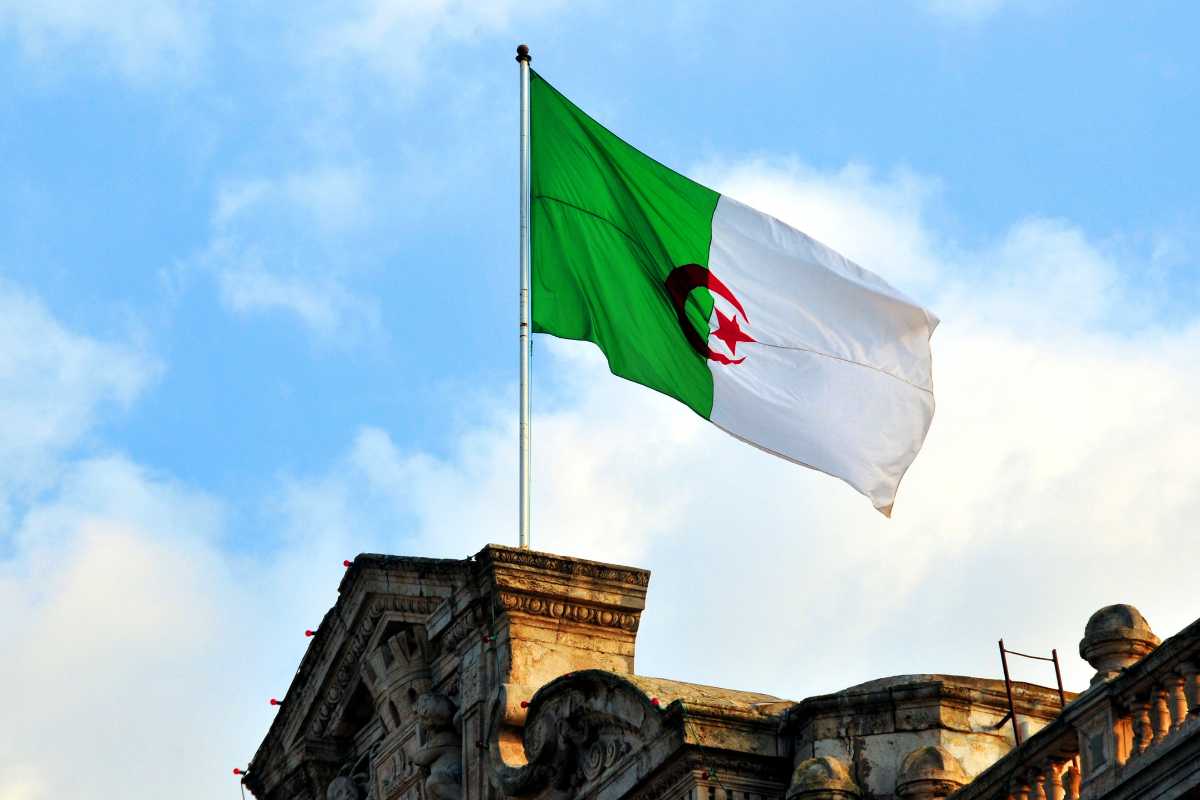
GDP: $224.11 billion
Algeria serves as the gateway to both Africa and Europe. This North African nation is also dependent on oil and natural gas, with the export of these products accounting for about one-third of its annual GDP.
Its September 2021 Action Plan played a pivotal role in shifting to a private sector-led growth model. It emphasized rationalizing public spending, reducing imports, increasing non-hydrocarbon exports and improving the business environment. These include reforms in public banks and state-owned enterprises. As part of expanding its revenue sources, it has also focused on enhancing employment opportunities, especially for its youth population.
10. Kuwait

GDP: $159.69 billion
One of the wealthiest nations globally, Kuwait has a vibrant economy primarily fueled by its abundant petroleum resources. Its oil reserves and tax-free system have catapulted the Kuwaiti dinar into becoming the world’s highest-valued currency at $3.25. It’s one big proof of the country’s economic stability.
While progress in diversification and structural reforms has been gradual, the country’s economic resilience is further bolstered by substantial foreign assets in its sovereign wealth fund, the Kuwait Investment Authority.
Final thoughts
MENA comprises countries with substantial economic prowess, primarily driven by oil production. With the general trend of reducing oil reliance, the region is embracing a new era of growth. Türkiye, Saudi Arabia and other nations that made it to this list of the biggest economies in MENA are leading the way.
For more economic stories, click here.




